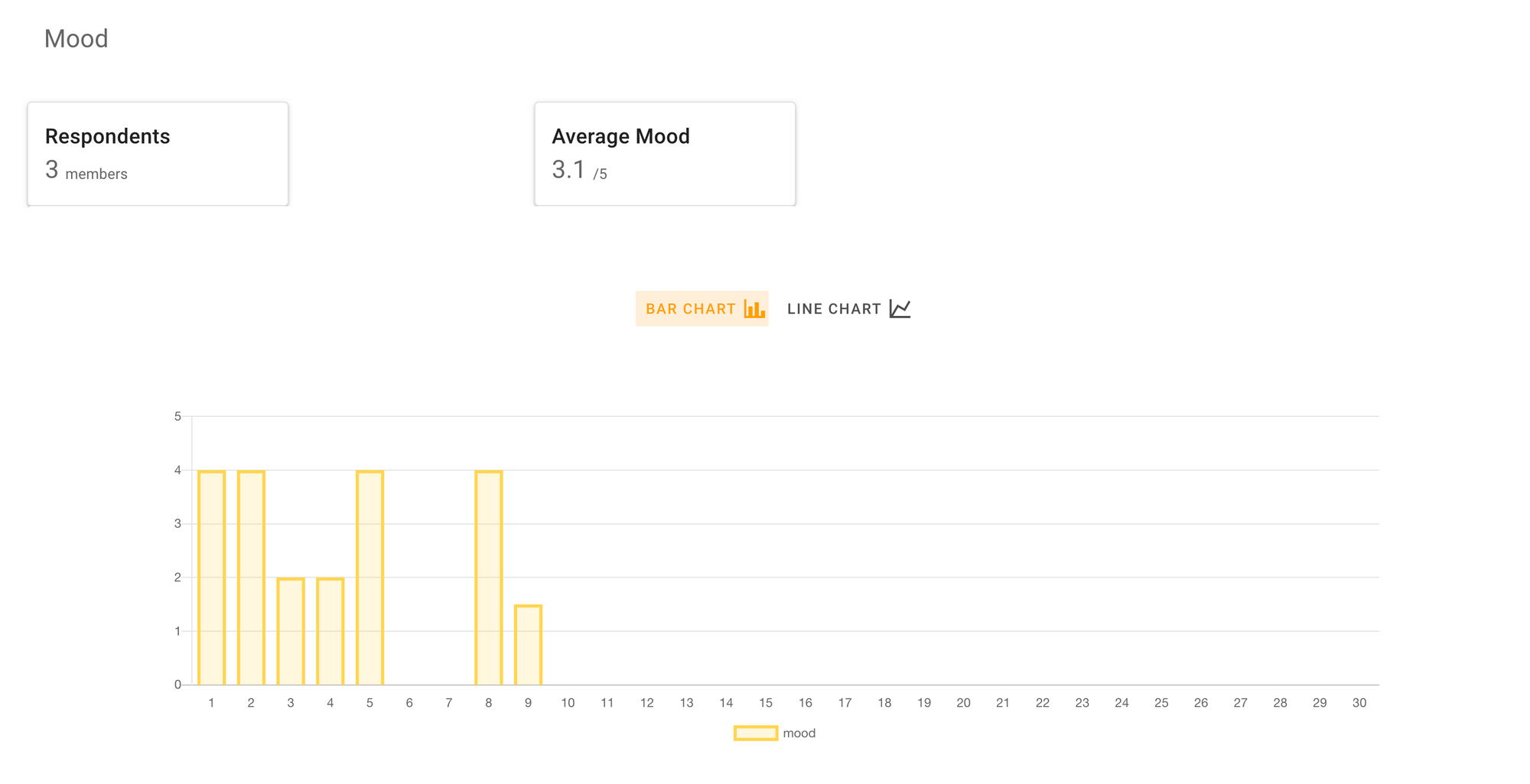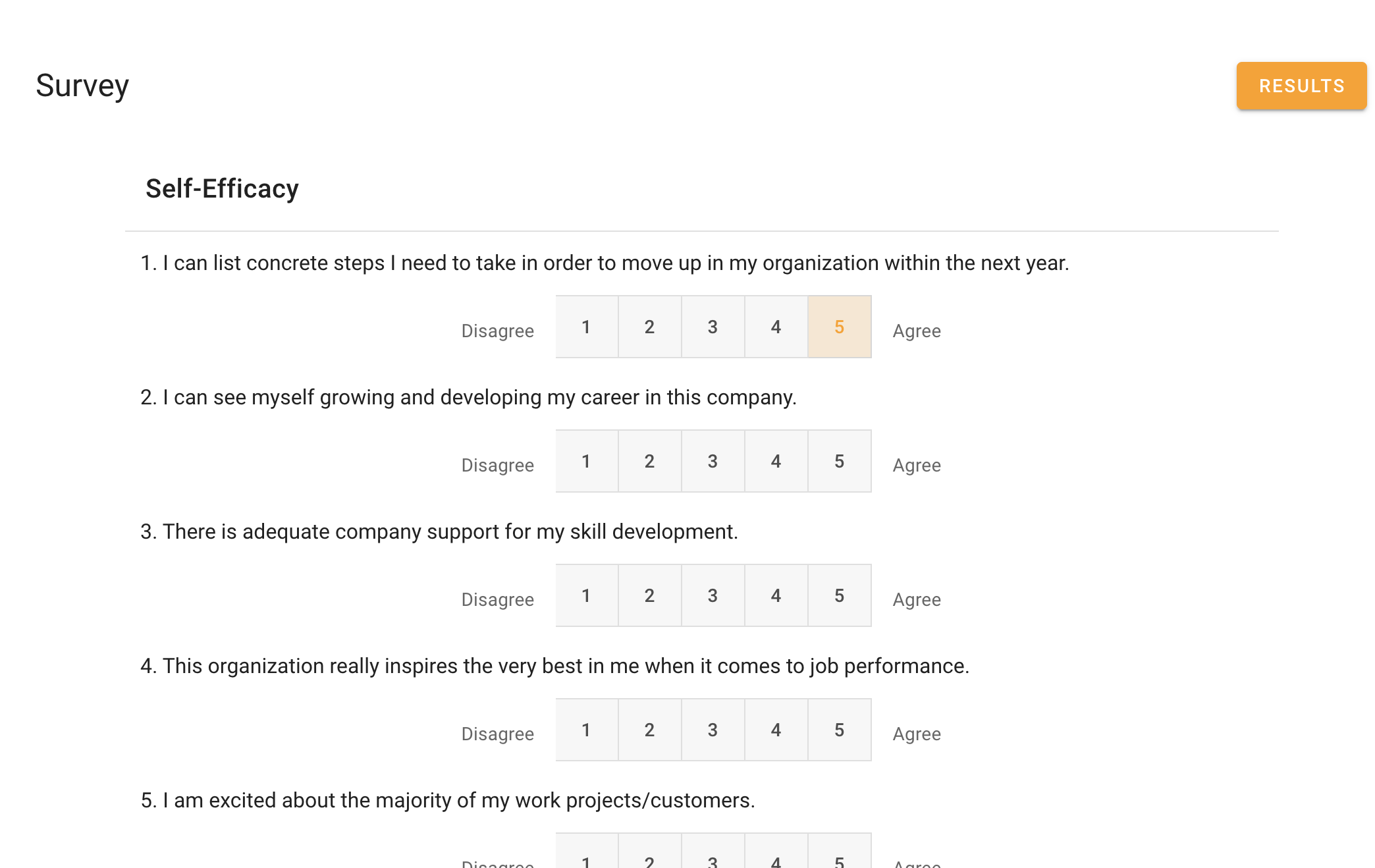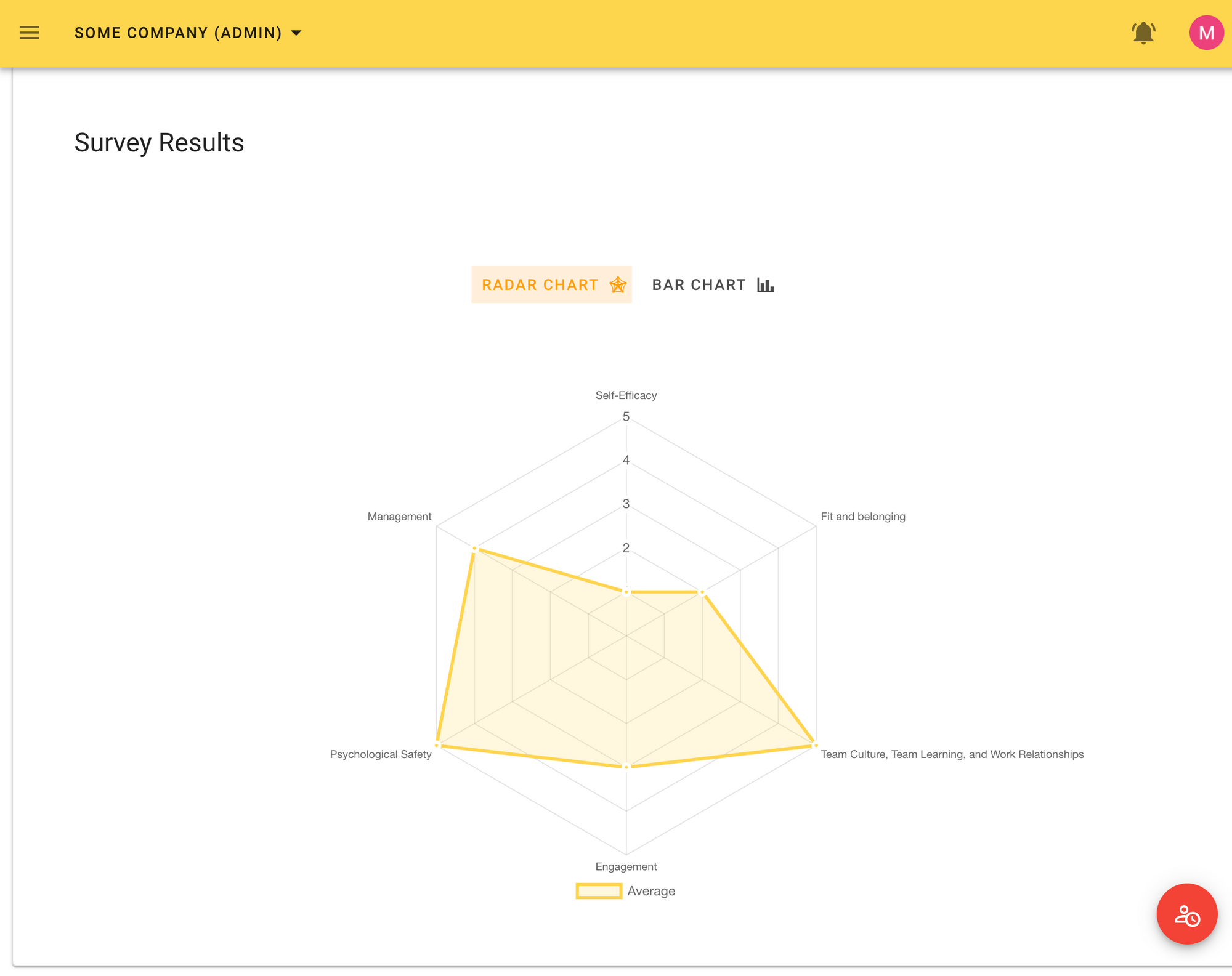How to avoid building a toxic environment in the workplace
No one wants to experience a toxic work environment. As an employer, it is your responsibility to prevent such negativity in your workplace, to create a positive work culture for your staff. By doing so, you can achieve happier, healthier, and more productive workers!

A toxic work culture can be defined as a workplace plagued with drama, conflicts, and unhappiness. Such negativity in the workplace stunts productivity, and affects the well-being of employees.
A prime example of a toxic workplace culture can be seen in the recent disclosure of the work culture in a Singaporean media company, Night Owl Cinematics, also known as NOC. The recent exposé of NOC's co-founder, Sylvia Chan, by a former talent through the Instagram account, @sgchickenrice, has caused a massive stir in the local community. Chan had been accused of alleged verbal and physical abuse of employees, favouritism, nepotism, insensitivity in dealing with mental health in the workplace, and the list goes on.
A toxic work culture can be and should be prevented in the workplace. In this article, I have included just some of the many ways that you, as an employer, can take note of.
1. Don't play favourites

Photo by Markus Winkler on Unsplash
It’s human nature to like some more than others. But as a boss, treating employees differently, and especially playing favourites, is unfair and ill-advised.
Paul Russell, the managing director of a training academy, Luxury Academy, states that there are mainly 2 types of favouritism — Arbitrary and Performance-based. Arbitrary favouritism occurs when you treat a particular employee differently because you get along well with and enjoy socialising with them. Performance-based favouritism occurs when you give preferential treatment to high-performing employees over other employees.
While arbitrary favouritism is acceptable, allowing it to affect the way you treat particular employees in situations relating to their work, is not. Employees on the wrong end of favouritism can become demoralised, and this can lead to the erosion of a positive work culture. When some employees are placed up onto a pedestal, it can be difficult for the team to work together cohesively. This could foster conflict and friction among colleagues, leaving a negative impact on the workplace environment.
2. Recognise and acknowledge hard work

Photo by Coco Tafoya on Unsplash
Employee recognition is one of the most crucial areas in the workplace. A toxic work culture could be built from employers that couldn't care less about rewarding high-performing workers. This butchers motivation and leads to dissatisfied and unproductive workers.
Some simple ways to make an employee feel validated for their hard work are:
- Give them a shout-out by expressing your thanks in front of the entire team
- Gift them a small gift (eg. movie tickets, shopping vouchers, tickets to a sports game, etc)
- Treat them to a nice meal
- Write them a handwritten note
There are so many easy and low-cost ways to make someone's day. These small actions can truly go a long way in motivating your employees to continue striving for more and putting their best efforts into their work!
3. Ensure your employees feel cared for

When employees feel valued, it builds their sense of self-worth and self-esteem. These are major factors in building loyalty to the company, morale, and greater efforts.
Asa Team is an example of a service that helps employers track employee well-being. By providing employees with an avenue to log their mood daily, coupled with the ability of the employer to view the average mood of their company, employers are able to gauge the well-being of their team without invading their privacy.
This allows employers to take preemptive action to improve the team morale before it is too late. Detailed reports on employee working hours also allow employers to determine if employees are working long hours and this is also another early warning sign of burnout.
4. Let your employees speak


The first step to really listening to your employees and ensuring them that they are being heard is through providing a platform for them to speak their minds. Employees may be hesitant to voice their feedback in fear of it going unheard or not being well-received. It is important to find a suitable method to allow your employees to express their opinions and solutions to any problems caused by their work, or work environment.
Asa Team enables employers to schedule automated weekly or monthly surveys for employees to complete based on the team's needs. Employees can voice their thoughts and opinions and submit them anonymously.
This anonymous feature ensures that employees feel at ease when giving their feedback and furthermore, prevent any conflicts or friction between you and your employees. Lastly, you can better understand the workplace situation in terms of issues regarding punctuality, morale, etc, and make the necessary amendments to improve the workplace environment.
5. Create a fun and tight-knit workplace

Photo by Priscilla Du Preez on Unsplash
A common sign of a toxic work environment is when there are communication issues, gossiping, and tension among employees. Encouraging your staff to socialise outside of work is important. This can be achieved through team outings or team-building activities.
Socialising in a casual way outside working hours helps employees feel more comfortable around each other, enhancing team cohesion. This creates a more positive work environment for all, improved communication among colleagues, and increased productivity.
Some simple team-building or team outing ideas include going for:
- Company lunches or nights out
- Hikes
- Escape rooms
- Bowling games
- Volunteering events
If restrictions in your area still remain rather strict, or remote working still prevails, company events and team-building exercises are all the more important and should not be neglected! Some virtual team-building ideas include:
- Virtual office trivia night
- Virtual workout classes such as yoga
- Virtual cook-offs
- Virtual online games (eg. Video charades, virtual scavenger hunts, etc)
Another great idea to decide what team building activities should be done each month could be through a round-robin – each employee can take turns deciding the team activity for the month.
An employer should lead by example. In order to avoid building a toxic environment in a workplace, you must recognise your responsibilities in the workplace, to encourage and discourage certain behaviours. It’s up to you to ensure everyone feels appreciated and represented!

